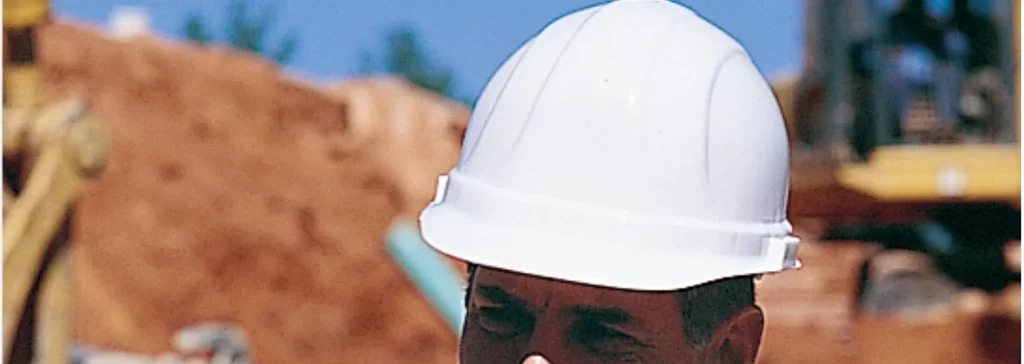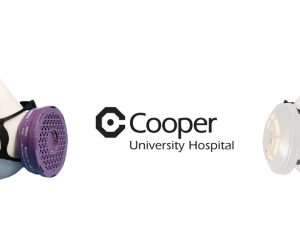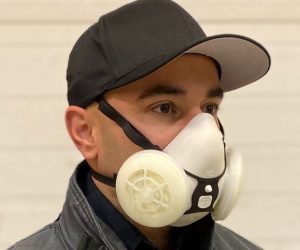The following information will provide a summary of key points to the new CSA Industrial Head protection standard. Should you require specific detail, please contact CSA International to purchase a copy of the standard.
When?
This standard was updated March 1, 2016. Any end-user with applications that require head protection or are considering the use of head protection should refer to this standard.
Hazard Assessments
The standard calls for a “Hazard Assessment”. The assessment must be documented and completed by a qualified person to determine the type(s) of hazards that exist in their application(s) in order to select the best possible head protection for their environment(s). A sample form of the Hazard Assessment is provided in the standard. If you do not wish to conduct a Hazard Assessment, the standard calls for the user to default to the highest level of protection in the standard, a CSA Type 2 Class E certified protective headwear.
We now have the option of using a CSA Type 1 or CSA Type 2 head protection – we have a choice!
The new standard has added another level of protection. Once the users completes the Hazard Assessment they may identify that their application does not require lateral impact and penetration protection and require protection to the crown of the head only. As a result, the new standard has created a CSA Type 1 level of protection. See details below.
In this standard both levels of protection, Type 1 or 2, require that the headwear be conditioned in a variety of manners prior to impact or penetration testing. They include such conditioning as room temperature, cold, hot, solvent coated, UV aged, water emersion and shell flammability. CSA Type 2 headwear that incorporates a liner is exposed to a liner ignition test. It is important to understand that the headwear is tested in all these conditions for each colour and suspension style.
CSA TYPE 1:
Head protection that is certified to CSA Type 1 requirements is designed to provide protection to the crown of the head (top) only against impact and penetration hazards. This is a new level of protection that was not in the previous standard. This will allow the Canadian market to use a CSA approved product to replace the use of a head protector that meets ANSI head protection testing. It is important to note that products that are tested to ANSI standards are not third party certified. It is important to understand that it cannot be assumed headwear tested to the ANSI Type I testing requirement will pass CSA Z94.1-15 testing. The CSA testing protocol is very different then that of ANSI.

CSA TYPE 2:
Head protection that is certified to the CSA Type 2 requirements is designed to provide protection to both the crown of the head (top) and lateral parts of the head from impact and penetration hazards. Lateral impact and penetration testing requires that the headwear be tested at a minimum of 5 contact points. They include the top, front, front tab, side, back tab and back of the hat. CSA Type 2 certification replaces the CSA Class E designation from the previous CSA standard. Products that were certified to the old standard will not automatically pass the new standard. Manufacturers are required to submit their product for re-certification to the new standard. Traditionally, CSA Type 2 protective headwear has some type of liner inserted into the shell to assist the product in meeting the lateral impact and penetration requirements.

Static Line Positioning & Passive Retention Test
These are mandatory tests that apply to both the Type 1 and 2 products. The “Static Line” testing is conducted first. The head-form has a line drawn around the entire head. The static line is slightly above the ears and runs on an angle to a position that is near the centre of the forehead. When the headwear is positioned on the head-form, the headwear must sit at this static line. This ensures that the headwear will sit in proper position. Not too high or too low. If the headwear does not sit in the proper position, it has failed and cannot move to the next testing requirement.
The headwear is then exposed to a “Passive Retention Test”. This test is designed to ensure that when an upward force of 12N (Newton) is placed on the peak of the headwear for a period of time, the headwear should remain in position. This test is intended to evaluate the stability of the headwear on a wearer’s head during normal use when not fitted or secured with a chinstrap retention system. If the headwear fails this test then it cannot proceed to the next level of testing. Both the static line requirement and passive retention test are not conducted in the ANSI testing method.
CLASS E, G, C?
| CLASS E – | Hat material must be non-conductive and is tested to provide dielectric protection up to 20,000 V. This is the highest level of electrical rating in the standard. |
| CLASS G – | Hat material must be non-conductive and is tested to provide dielectric protection up to 2,200 V. |
| CLASS C – | Headwear is intended to protect against impact and penetration protection only. No electrical rating. |
Protective headwear marked from either a CSA or SEI logo and CSA Type 2 Class E identifies that the product has been certified to provide crown and lateral impact/penetration and has been tested to 20,000V dielectric requirement.
Reverse Headband Certification
This is a new testing protocol that is optional to the manufacturer. This means that it is not a mandatory requirement of the standard. The Reverse Headband test confirms that when you remove and reverse the orientation of the suspension and insert it into the hat so the nape of the suspension is positioned with the peak of the hat, the headwear is certified to provide the same impact and penetration protection as in the normal wearing position, peak of headwear to the front.

This picture illustrates the proper positioning of the suspension when certified to the Reverse Headband requirements.

This marking confirms the headwear has been certified to the Reverse Headband requirements. This marking must be visible in the hard hat labeling.







